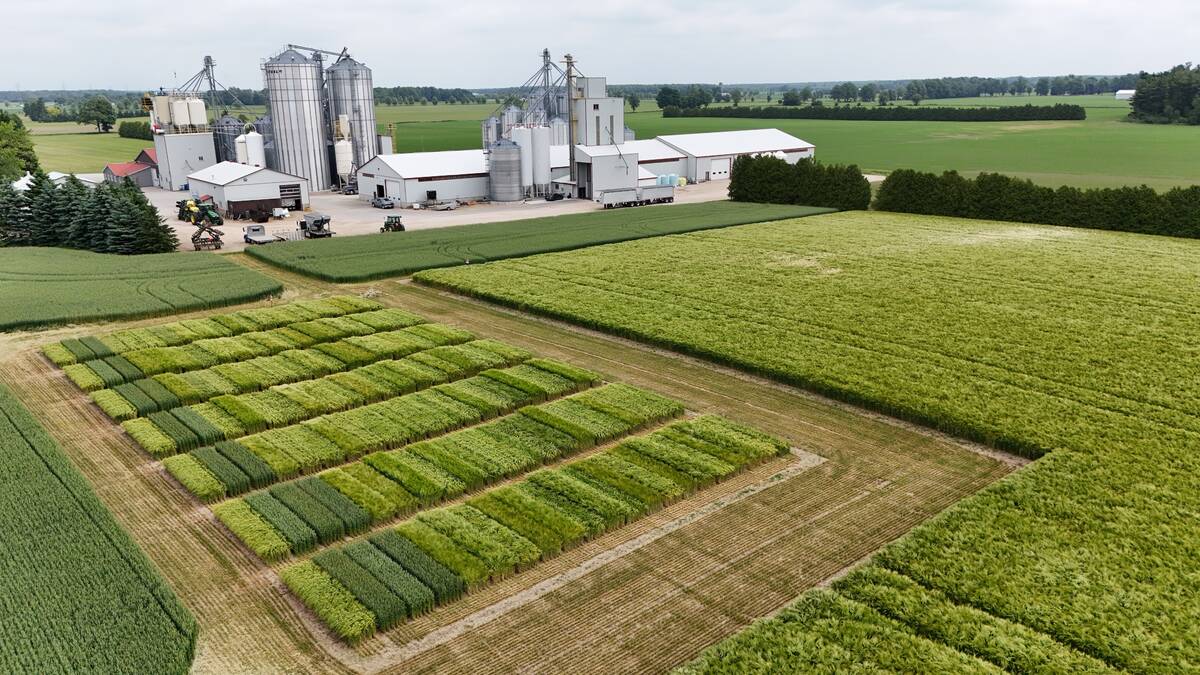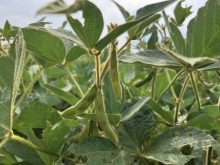Soybeans planted after overwintering crops can work – but growers have to remember July-sown beans only have half the growing season to work with. Performance expectations have to be realistic as a consequence.
This was one overarching conclusion of a South West Agricultural Conference panel discussion between Horst Bohner, soybean specialist with the Ontario Ministry of Agriculture, Food and Agribusiness, Watford-area grain farmer Roger Buurma, and Embro-area grain and livestock farmer Ian Matheson.
Matheson led the conversation by describing how his family’s approach to double-crop soybeans has shifted over the last 20 years.
Read Also

Winter cereals beyond wheat gaining traction
Winter cereals such other than wheat, such as barley, could provide better yield and rotation options for Ontario growers.
Why it matters: Adding an extra revenue source to a plot of land can help increase the profitability of that land.
He says early on they tried to push maturity and heat units, but due to the shortness of the growing season, moisture levels when the crop had to be harvested were very high. At times, Matheson says they had to push beans out of the wagon “with a hockey stick.” Now, they opt for the shortest beans they can get, generally aiming for a mid-October harvest with moisture levels around 14 per cent.
At planting, usually after winter barley, Matheson says they opt for populations of 300,000 per acre to fill rows faster and maximize solar energy capture. Concerns about moisture mean they also “plant these suckers deep,” at 3.5 inches, never planting shallow unless there is a significant rain in the immediate forecast. They do not find emergence to be an issue.
The decision to double-crop soybeans is planned for every year – rather than being a last-minute decision based on environmental conditions – the area planted covering what they can harvest in one day. While Mathesons adds they “have had yields as low as zero,” they have made money from double-crop soybeans 18 of the last 20 years. Average yields for the family in 2024 was a record 46 bushel per acre.
Buurma is comparatively new at double-crop soybeans, having tried them for the first time in 2024. He says the crop is a good addition in their current rotation system – winter wheat, corn, and identity preserved soybeans – and says they also plan on adding winter canola to further diversify. The slightly earlier harvest period for winter canola would have the added benefit of providing a little earlier planting opportunity for the recently introduced double-crop soybeans.
Like Matheson, Buurma says they planted populations of 300,000 seeds per acre across five farms. The soybean used was another identity preserved variety, with 2875 heat units. Spray applications to control volunteer wheat and grasses were employed across all five fields, with two of those fields receiving a secondary application to control broadleaf weeds. The average harvest across all five fields came to a 28.9 bushel.
Buurma says he considered yields of 20 bushels per acre or higher a success in 2024 – a benchmark he established after taking into consideration harvest timing, costs, and the price at which he was able to sell them for.
For Bohner, success in double-crop soybeans remains elusive in his more northerly Stratford-area research plots.
“The real question is can you finish them in the fall,” says Bohner.
He later highlights how upward trending temperatures in recent years are significantly adding to the number of heat units across Ontario’s main crop-producing regions. Average heat units in the London area are up an additional 525 over the last decade, for example, while in Kemptville and Ridgetown the additional average is 485 and 369. Province-wide, heat units are up 13 per cent on average since 2014. Such increases open more opportunities to effectively finish double-crop soybeans.
Bohner cautions, however, killing frost dates are still quite variable. “The sobering point,” he says, remains that, by mid-summer, double-crop soybeans only have half the growing season to work with.















